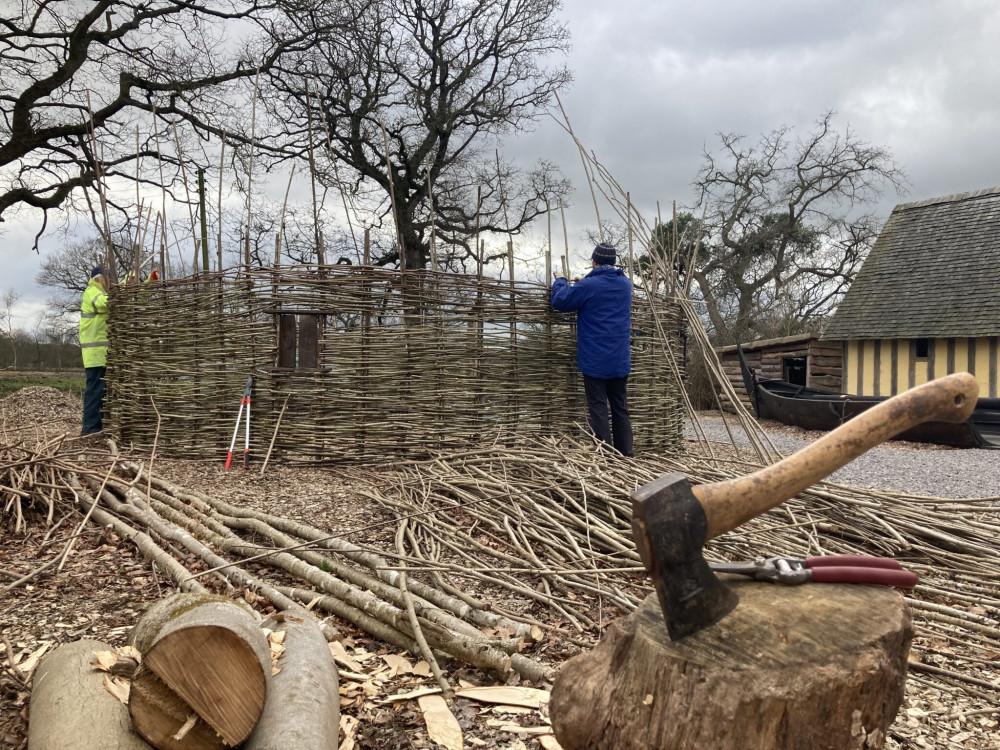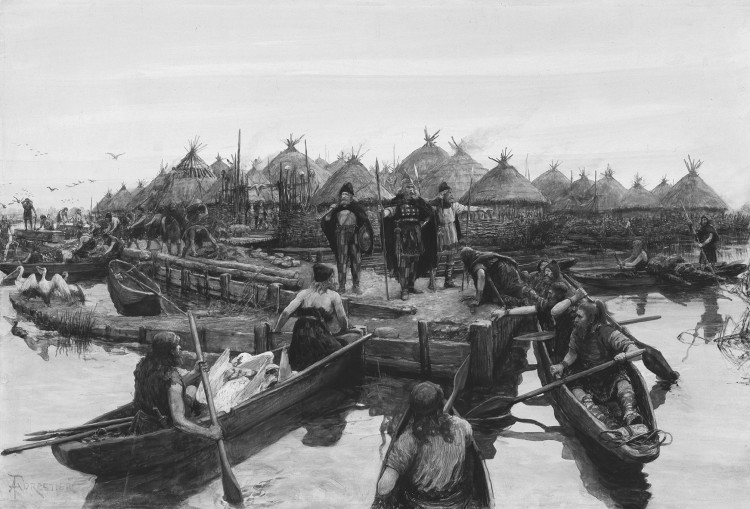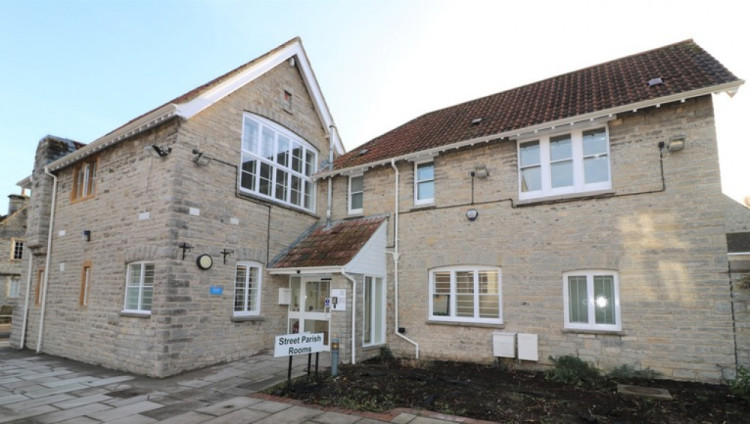Iron Age roundhouse takes shape near Glastonbury
By Laura Linham 8th Apr 2025
By Laura Linham 8th Apr 2025

A team of archaeologists and volunteers is building a full-scale replica of an Iron Age roundhouse near Glastonbury, using traditional methods and materials based on one of Britain's best-preserved prehistoric sites.
The structure, being constructed at Avalon Archaeology on the Avalon Marshes, is expected to be completed by the end of April. It is the second attempt at replicating a roundhouse from the Glastonbury Lake Village, a settlement located between Glastonbury and Godney that was occupied between 150 and 50 BC.
Unlike most Iron Age reconstructions, this project is based on rare evidence preserved in waterlogged peat, which kept organic materials such as wooden wall posts intact for over 2,000 years.

These remains revealed that the original roundhouses were built with slim willow or hazel posts, just 38mm in diameter, set around 40cm into the ground. Strength came not from the posts themselves but from woven walls daubed with a mixture of clay, reeds, or straw.
The Avalon Marshes team began work on the roundhouse in 2023, building on earlier experiments with materials and construction techniques.
The current version retains a porch from one of the earlier designs. The goal is to create a structure that closely resembles the original dwellings and lasts for around ten years – roughly the expected lifespan of Iron Age houses based on excavation evidence.
This build joins a growing collection of reconstructed historical buildings at the site, which already includes a Saxon Longhall and a Roman villa dining room. It is part of an ongoing effort to bring Somerset's rich archaeological past to life through hands-on education and experimental archaeology.
CHECK OUT OUR Jobs Section HERE!
glastonbury vacancies updated hourly!
Click here to see more: glastonbury jobs
Share:












